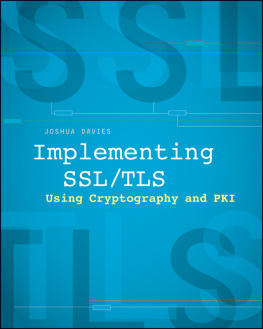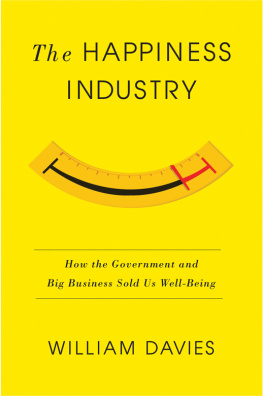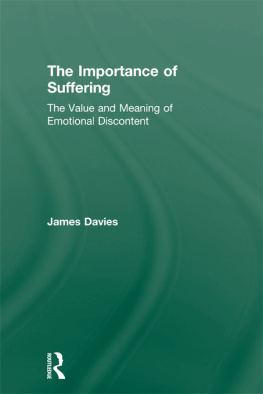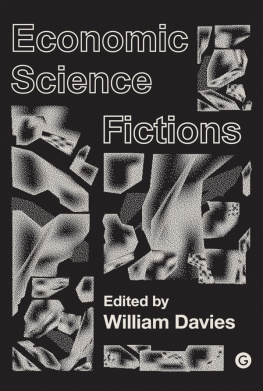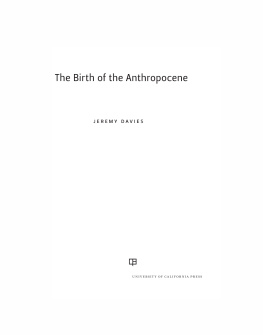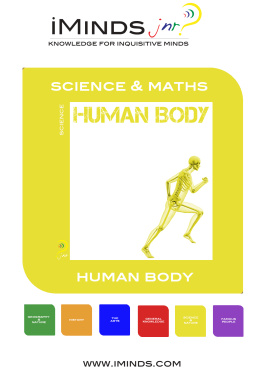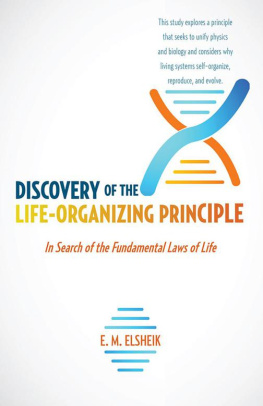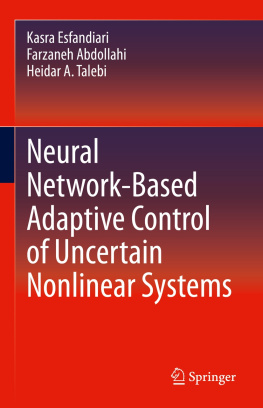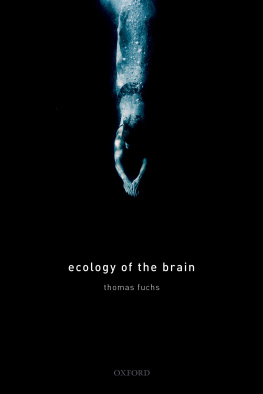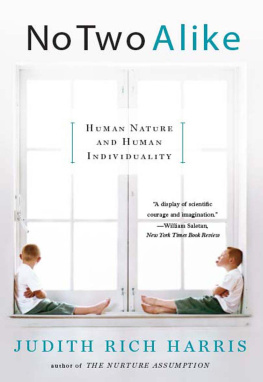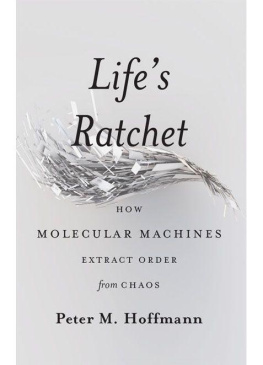LIFE UNFOLDING
Life Unfolding
How the human body creates itself

JAMIE A. DAVIES


Great Clarendon Street, Oxford, OX2 6DP,
United Kingdom
Oxford University Press is a department of the University of Oxford.
It furthers the Universitys objective of excellence in research, scholarship,
and education by publishing worldwide. Oxford is a registered trade mark of
Oxford University Press in the UK and in certain other countries
Jamie A. Davies 2014
The moral rights of the author have been asserted
First Edition published in 2014
Impression: 1
All rights reserved. No part of this publication may be reproduced, stored in a retrieval system, or transmitted, in any form or by any means, without the prior permission in writing of Oxford University Press, or as expressly permitted by law, by licence or under terms agreed with the appropriate reprographics rights organization. Enquiries concerning reproduction outside the scope of the above should be sent to the Rights Department, Oxford University Press, at the address above
You must not circulate this work in any other form and you must impose this same condition on any acquirer
Published in the United States of America by Oxford University Press
198 Madison Avenue, New York, NY 10016, United States of America
British Library Cataloguing in Publication Data
Data available
Library of Congress Control Number: 2013945601
ISBN 9780199673537
Printed in Italy by
L.E.G.O. S.p.A.Lavis TN
To Katie
CONTENTS
I would like to thank Dr Katie Brooks for her encouragement, for her patience when writing this book had made me lose track of the time yet again, and for her very helpful comments on the first draft.
I would also like to thank the following colleagues in the field of developmental biology and related disciplines, who did me the enormous service of checking sections of this book in which they have world-leading expertise. They are James Briscoe, Mike Clinton, Kim Dale, Megan Davey, Peter Kind, Val Wilson, Georgia Perona-Wright, Thomas Theil, and Cheryl Tickle. For any errors that remain, the blame is entirely mine. Finally, I would like to thank Latha Menon and her colleagues at Oxford University Press for their immensely helpful editorial advice.
This book, which describes the mechanisms of human development, includes published knowledge that has been obtained by study of human embryonic and foetal material and by experimentation on living animals. Because academic publishers and funders of research require that all work be ethically approved by the relevant independent ethics committees, I have assumed that these experiments were conducted according to the standards of the day. Ethical standards do change with time, and some work done long ago would not be permitted now. Mention of experimental results in this book does not imply personal ethical endorsement of the experimental method, by either the author or publisher.
This book is aimed at a general readership and, for this reason, the mechanisms of human development have been described with as little molecular detail as is possible. Long lists of unpronounceable protein names are tedious even to professional biologists and would be out of place in a book that is meant to present deep principles. Nevertheless, to help committed students of biology and medicine to connect the events in this book with papers on molecular embryology, occasional technical footnotes indicate which details the main text is avoiding. Understanding these technical notes is not necessary for understanding the bookthey are present only for a small subset of the readership with particular needs.
For similar reasons, the main text uses superscript numbers to cite technical research references, especially in support of statements that are at variance with a traditional view. In the interests of conciseness, these citations have been kept to a minimum and, instead of following the normal academic convention of citing original experimental reports, they instead often point to review articles that provide a convenient gateway to experimental literature. No explicit citations are given for material that is well covered in standard textbooks. The alternative, of having the text interrupted by thousands of citation numbers, as would happen in a research monograph, would not be appropriate here.
A list of accessible books for further reading on particular topics is given at the end of the book.
The possession of knowledge does not kill
the sense of wonder and mystery.
There is always more mystery.
Anas Nin
1
CONFRONTING AN ALIEN TECHNOLOGY
The history of a man for the nine months preceding his birth
would probably be far more interesting than all the
three-score and ten years that follow it.
Samuel Taylor Coleridge
W hen the English philosopher-poet Coleridge wrote those words, he was expressing, in the elegant language of an adult, the wonder that is felt by every child who asks his parents How did I get here?. To many parents, the question brings up potentially uncomfortable issues about sex and about when, and how much, a child should be told. To the child asking, innocent of these adult psychosocial complexities, the question is both simpler and far more profound: it is simply about how a new person can come to be.
No child has ever received a full and correct answer to the question, because nobody yet knows enough to give one. When Coleridge was writing, some facts were known about the sequence of anatomical changes that took place as a new human grew in the womb, but how or why they took place remained utterly mysterious. In the two centuries that have since passed, generations of scientists have laboured to understand how a fertilized egg can become a child. Research has pushed forwards quickly in the last decade and, as more intricate and complex mechanisms have been discovered and the mystery has decreased a little, the collective sense of awe has only increased. The story that is being unearthed, and presented so far mainly in the dry text of learned journals, is an astonishing one. It is the story of something every one of us has done, and it is therefore a story that belongs to us all. This book is an attempt, by a scientist who has the good fortune to be working in this area, to bring together highlights of recent research into that most profound, and childlike, of questionshow did I get here?
Our current understanding of human embryonic development has not come from a single investigative approach, but is instead emerging from a synthesis of information obtained from a range of scientific disciplines. Embryology and neonatology are concerned directly with development and produce a great deal of directly relevant anatomical and functional information. Genetics and toxicology, both fields with a scope much broader than development, have been very valuable in identifying precise causes of congenital abnormality: this is important because known causes of malformation can point developmental biologists to identify the molecular pathways that are required for the affected part of the body to grow normally. Biochemistry and molecular biology are invaluable for working out the details of how these pathways work, following the logic of development even down to the spatial scale of interactions between the atoms of biological molecules. Cell biology accounts for how molecular pathways are brought together to control the behaviour of individual cells. At much larger spatial scales, disciplines such as physiology, immunology, and neurobiology uncover the ways in which multitudes of cells communicate and coordinate.
Next page

